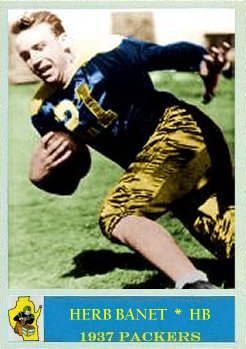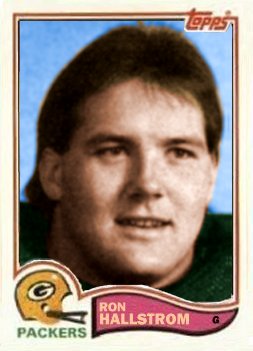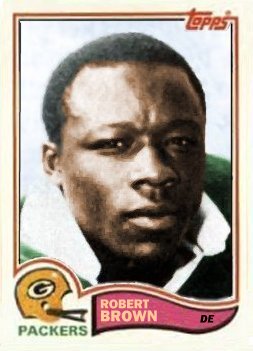January 9 is the birthday of several Packers of note: Lombardi era defensive lineman Jim Weatherwax, 1990s’ wide receiver Bill Schroeder and current linebacker Blake Martinez. It also marks the 84th birthday of the finest Packer of them all, Bart Starr.
Despite winning a record five world championships at quarterback, Bart Starr is an afterthought today in discussions of the greatest quarterbacks of all time. His chief rival, Johnny Unitas, though, has maintained his reputation 40 years later. Indeed, Unitas was a great quarterback and leader, who had a stronger arm and ran a more pass-oriented offense than Starr. The two quarterbacked the two best teams in the NFL for the decade of the 1960s, and Starr should get his due as the equal of Unitas.
Starr, like Unitas, was an unheralded college prospect, and he was drafted out of Alabama in the 17th round, the 200th player chosen in the 1956 draft. While Starr showed ability as an accurate passer from the start, it took years for him to shed his tentativeness and become a leader. Even after Lombardi arrived in 1959, it took almost a year and a half until Bart fully claimed the starting quarterback position from journeyman Lamar McHan. When he led the Packers to the 1960 title game against the Eagles, Starr was coming off a season in which he threw just four touchdown passes and eight interceptions.
From that point on, Starr was the most accurate and most clutch quarterback in the league. As a playoff quarterback, he never had a bad game. In ten postseason starts, he completed 61% of his passes, averaged over eight yards per pass, threw 15 touchdowns and just three interceptions while recording a passer rating of 104.8, still the best in league history. By contrast, Unitas, in nine postseason games, threw for seven touchdowns and 10 interceptions and a 69.1 passer rating.
Starr’s career was noted for many things. He was both the most accurate and least interception-prone quarterback of his time. A crafty play caller, Starr was expert at reading defenses and calling audibles; his signature play was the deep pass on third or fourth down and short. If the defense bunched up to stop the expected run, Bart went deep and was very successful with this ploy.
The 6’1” 195-pound Starr did not have the strongest arm, but his yards per attempt number consistently hovered around eight; he threw the ball downfield. He took a lot of sacks, but that is due to two factors. First, he abhorred interceptions and did not throw into traffic. Second, Packer backs usually went downfield on pass patterns; they were not around for blitz pickups much of the time. Starr wasn’t a bad scrambler, though. He was an awkward, but effective runner who averaged over five yards per rushing attempt.
Unitas was chosen as the quarterback on the NFL’s All-Decade team for the 1960s shortly before Vince Lombardi succumbed to cancer. Vince responded, “Johnny Unitas has been a great, great, great quarterback, but Starr did the winning in the 1960s. And that is the object – to win. Starr is the smartest quarterback I ever saw. It was a miracle to me that they could pick Unitas.”
While his subsequent time as coach and GM of the Packers was not filled with glory and his days have had heartache over the death of his son and of his deteriorating mental state in recent years, he has remained a thoroughly decent man worthy of heroic status. God speed, Bart.
(Adapted from Green Bay Gold.)




Custom cards in Topps, Fleer and Philadelphia styles.


































































